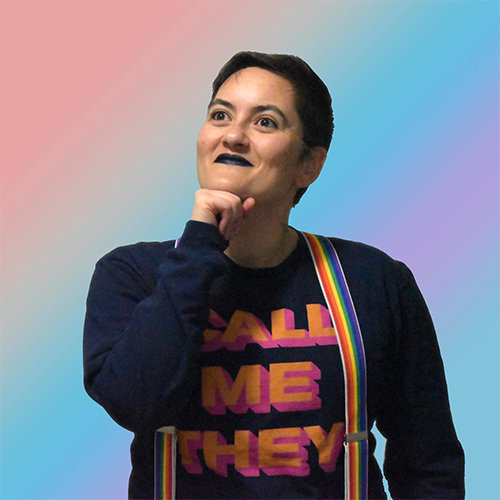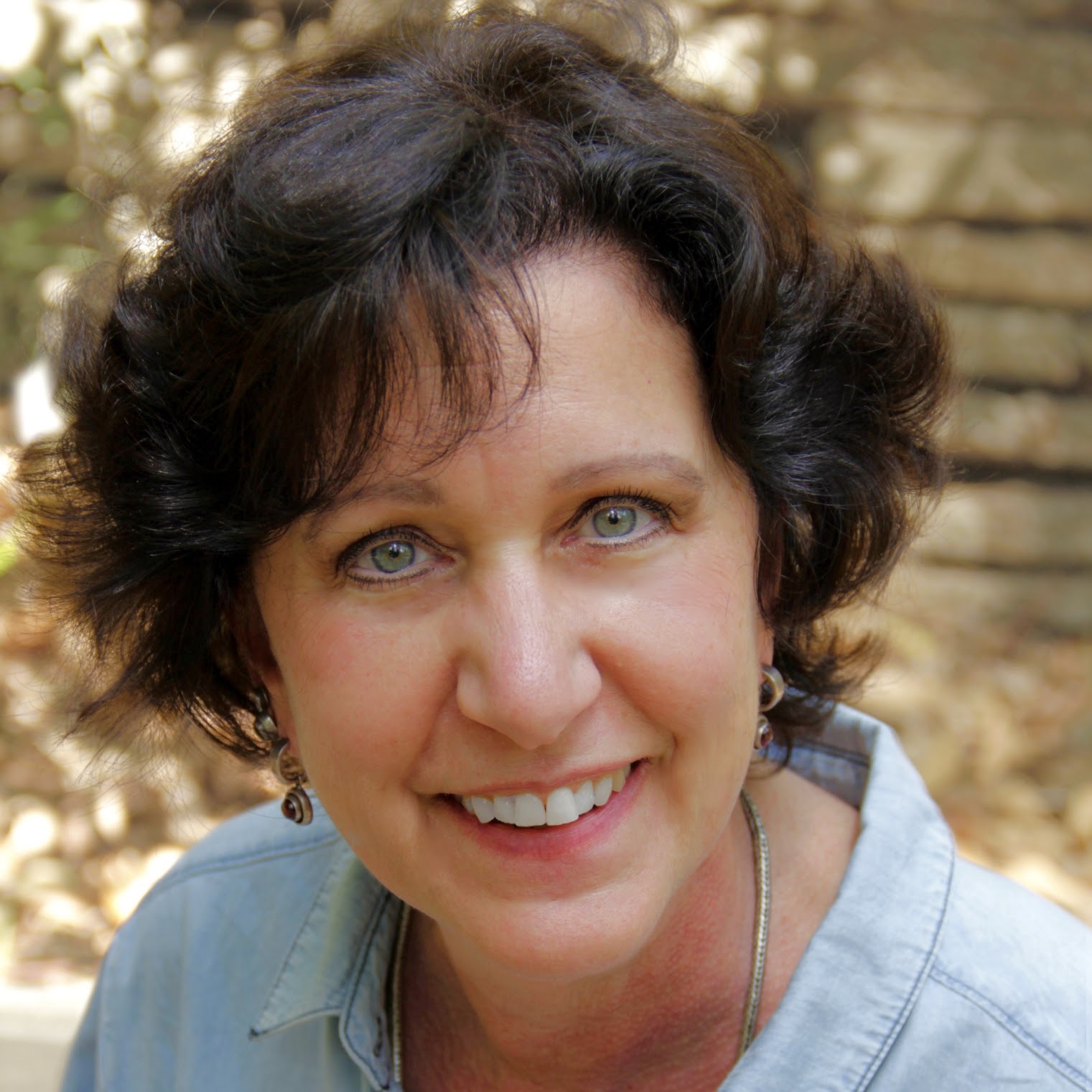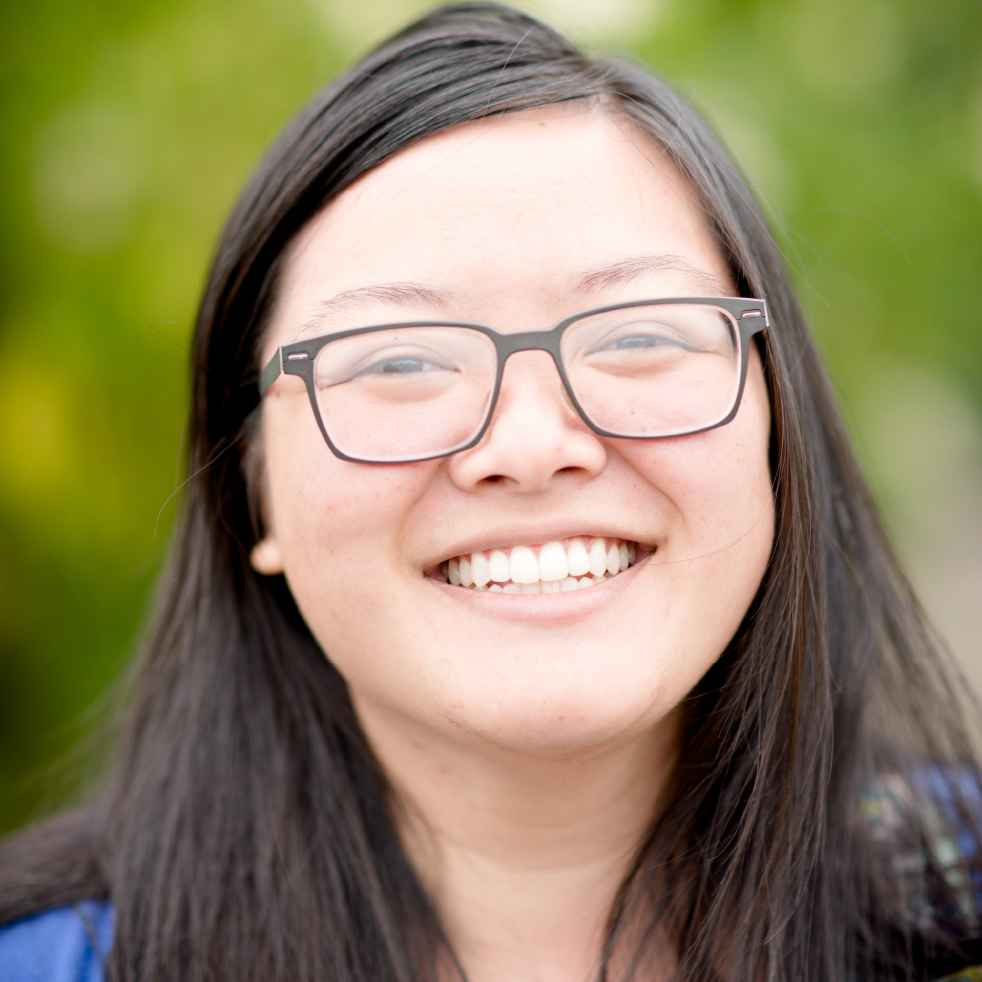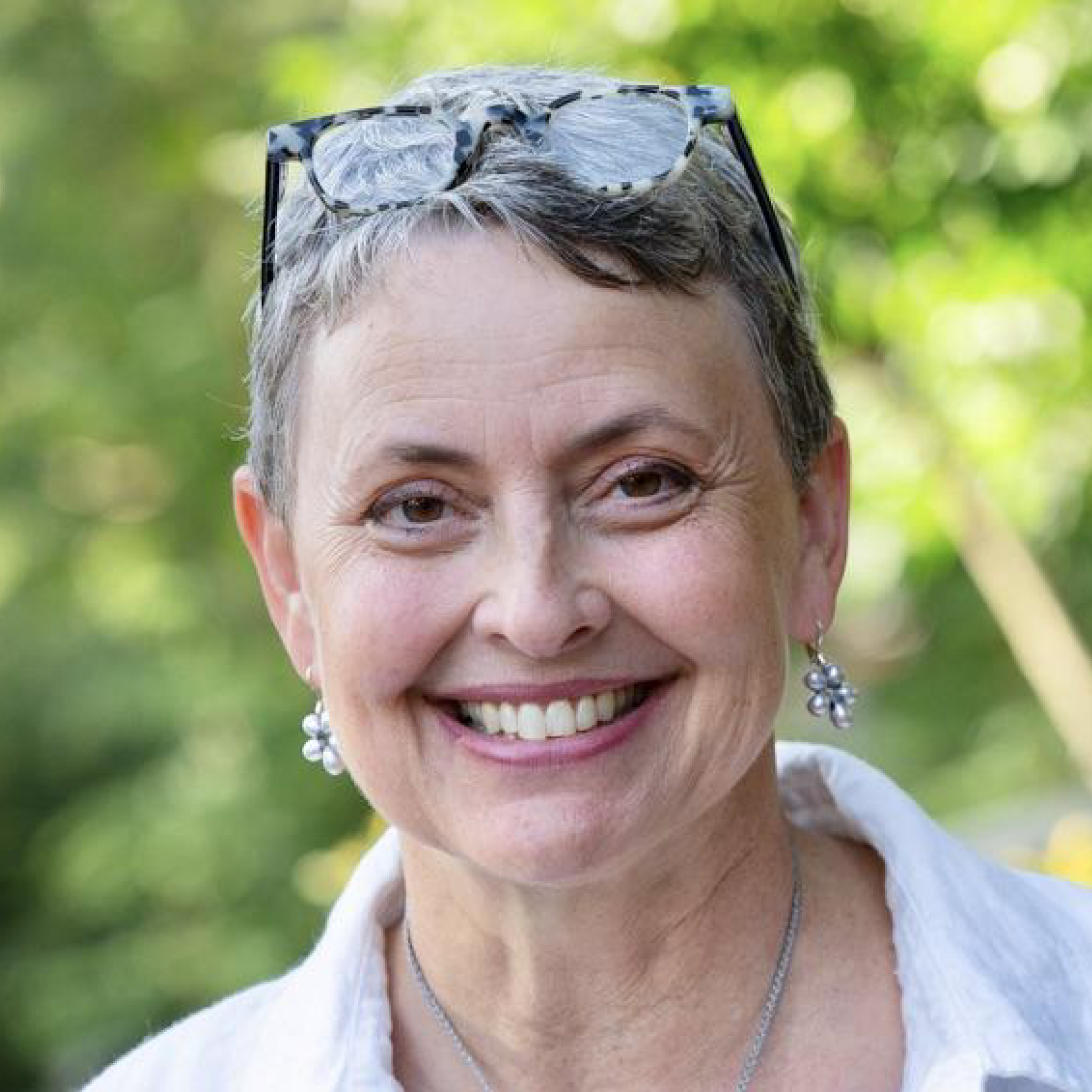 In mid-February, I sat in a development committee meeting. Like most meetings I attend, I was the only non-white, non-cis person in the room, sitting on mute, listening to an all-white, all-cis group share their ideas for how we could monetize an educational week of events.
In mid-February, I sat in a development committee meeting. Like most meetings I attend, I was the only non-white, non-cis person in the room, sitting on mute, listening to an all-white, all-cis group share their ideas for how we could monetize an educational week of events.
I’m an executive director who has worked for free for nearly 10 years. Is it still even worth it?
 Eight years ago, I had an idea. The idea was inspired by what I had seen at other organizations around the country, but for where I resided, in Central Virginia, it was a new thing. After about a year of testing this idea out and playing with it in a real-world sense, I decided to commit to seeing it come to fruition. I would end up spending so much of my time — without compensation, mind you — working relentlessly, because I believed in it.
Eight years ago, I had an idea. The idea was inspired by what I had seen at other organizations around the country, but for where I resided, in Central Virginia, it was a new thing. After about a year of testing this idea out and playing with it in a real-world sense, I decided to commit to seeing it come to fruition. I would end up spending so much of my time — without compensation, mind you — working relentlessly, because I believed in it.
The Ethical Rainmaker: Billionaires, DAFs, and the Changing Face of Philanthropy with Teddy Schleifer of Vox’s Recode
![]() Billionaires in America are changing the landscape of philanthropy. Journalist Teddy Schleifer of Vox’s Recode Daily podcast, joins Michelle to talk about what billionaires are doing with their money, the debate about Donor Advised Funds, and large scale philanthropy. “One thing society might not appreciate is how much those entities [large East Coast Foundations] are going to seem like small potatoes. The amount of money being made in Silicon Valley and is theoretically going to be deployed to the charitable sector…is enormous.”
Billionaires in America are changing the landscape of philanthropy. Journalist Teddy Schleifer of Vox’s Recode Daily podcast, joins Michelle to talk about what billionaires are doing with their money, the debate about Donor Advised Funds, and large scale philanthropy. “One thing society might not appreciate is how much those entities [large East Coast Foundations] are going to seem like small potatoes. The amount of money being made in Silicon Valley and is theoretically going to be deployed to the charitable sector…is enormous.”
The fact-based fallacy of accountability to donors
 There are so many reasons the notion of accountability to donors is not only misplaced but factually illogical. I’m not talking about the significant ethical reasons that have been covered so well in racial equity and social justice forums. I’m talking about logic-based, fact-based arguments. Because once we begin down the logic trail, the entire donor-centric model of accountability begins to crumble on its own.
There are so many reasons the notion of accountability to donors is not only misplaced but factually illogical. I’m not talking about the significant ethical reasons that have been covered so well in racial equity and social justice forums. I’m talking about logic-based, fact-based arguments. Because once we begin down the logic trail, the entire donor-centric model of accountability begins to crumble on its own.
That time an ‘equity office’ made me grasp how mandatory DEI training harms the most oppressed
By Krystal Kavita Jagoo, MSW, RSW
 Some know my employer as “a globally top-ranked public research university in Toronto” but having survived employment there since 2018, I know it as Jordan Peterson’s stomping grounds.
Some know my employer as “a globally top-ranked public research university in Toronto” but having survived employment there since 2018, I know it as Jordan Peterson’s stomping grounds.
Focusing on fundraising goals is harmful — let’s measure love instead
 In the beginning of 2020, before the pandemic, Oregon Food Bank (OFB) said goodbye to financial goals. (Not entirely, of course — resource development is still an important strategy for ending hunger and its root causes, after all.) To be more accurate, what we said goodbye to were financial goals as a driver of decision-making and as a measurement of staff performance.
In the beginning of 2020, before the pandemic, Oregon Food Bank (OFB) said goodbye to financial goals. (Not entirely, of course — resource development is still an important strategy for ending hunger and its root causes, after all.) To be more accurate, what we said goodbye to were financial goals as a driver of decision-making and as a measurement of staff performance.
The Ethical Rainmaker remix: white women as gatekeepers
![]() Check out this re-aring of The Ethical Rainmaker’s most popular episode to date!
Check out this re-aring of The Ethical Rainmaker’s most popular episode to date!
In this episode, Fleur Larsen, a DEI consultant and a white woman, talks with Michelle to answer questions like: Why are there so many white DEI consultants making money off of racism? What does gatekeeping look like? How do you know you are gatekeeping and what should you do when you are called out? How do you call out a gatekeeper?
Are universities REALLY ready to take on antiracism? An Open Letter to UT Austin
By Marcus Cunningham and Michelle Flores Vryn, CFRE
 Focusing on social justice and equity in philanthropy sounds like it should not be a new concept. Most people have dropped money into their church’s collection plate or bought a box (or three) of Girl Scout cookies. Philanthropy is all about charity and compassion, right?
Focusing on social justice and equity in philanthropy sounds like it should not be a new concept. Most people have dropped money into their church’s collection plate or bought a box (or three) of Girl Scout cookies. Philanthropy is all about charity and compassion, right?
In reality though, charity and compassion are actually contrary to the way many powerful institutions operate.
Take the recent example of The University of Texas at Austin’s response to open records requests on donor responses to changing the Eyes of Texas school song, a tradition that perpetuates racist origins.
So you think you’re a philanthropist, huh? Or maybe you’re a power hoarder? Let’s find out!
 Hi! This is a message from your friendly, eager-to-please nonprofit fundraiser. All of us got together, and I drew the short straw … and I now have the task of telling you the whole truth and nothing but the truth. I have been summoned to pull back the curtain and reveal everything. Everything we want you to know — but are afraid to say — about philanthropy.
Hi! This is a message from your friendly, eager-to-please nonprofit fundraiser. All of us got together, and I drew the short straw … and I now have the task of telling you the whole truth and nothing but the truth. I have been summoned to pull back the curtain and reveal everything. Everything we want you to know — but are afraid to say — about philanthropy.
First and foremost, if you are currently giving money to a nonprofit organization, we want to genuinely thank you. Without funding, it is difficult, and — in most cases — impossible to do the work that needs doing. We understand that donors like you give for all kinds of reasons, and the choice to share your money is admirable. You could be spending all of your money on the latest iPhone, saving it all for your offspring, or buying a yacht. (I imagine that most of us fall within the first or second scenario, but still – we are all making a choice.)
It’s pronounced ‘zeen’! (How the world of zines inadvertently prepared me for a career in nonprofit fundraising)
 Zines are usually categorized as ephemera, something that exists only briefly or for a short period of time.
Zines are usually categorized as ephemera, something that exists only briefly or for a short period of time.
Zines are pronounced zeen, short for magazine, and are self-published, not widely distributed, and cost very little. As small and temporary as they initially seem, zines have actually been around for decades and can have the power to provide a voice to those who are not normally heard.
The Ethical Rainmaker: Deschooling and Decolonization with Akilah Richards
![]() With her podcast, Fare of the Free Child, a Ted Talk, 10 books out and an entire network devoted to the unschooling community, hundreds of thousands of people have been tuning in to Akilah Richards’ body of work. In this episode, Michelle talks with Akilah about how we can decolonize ourselves, centering community and unschooling, which Akilah defines as “…shedding the programming and habits that resulted from other people’s agency over your time, body, thoughts or actions [and] designing and practicing beliefs that align with your desire to thrive, be happy and succeed…” This celebrated speaker, and organizer has just published her latest book, Raising Free People: Unschooling as Liberation and Healing Work. Tune in – you don’t want to miss this conversation.
With her podcast, Fare of the Free Child, a Ted Talk, 10 books out and an entire network devoted to the unschooling community, hundreds of thousands of people have been tuning in to Akilah Richards’ body of work. In this episode, Michelle talks with Akilah about how we can decolonize ourselves, centering community and unschooling, which Akilah defines as “…shedding the programming and habits that resulted from other people’s agency over your time, body, thoughts or actions [and] designing and practicing beliefs that align with your desire to thrive, be happy and succeed…” This celebrated speaker, and organizer has just published her latest book, Raising Free People: Unschooling as Liberation and Healing Work. Tune in – you don’t want to miss this conversation.
Fundraising should be like a polyamorous relationship
 I want you to know me a little more. While you can read a little bit about me in my bio below or from my byline above, get a sense of me on social media, and get a glimpse of who I am by what I post — and while all of these things will give you a fair amount of information that you can use to build assumptions about me — I want you to hear it from me:
I want you to know me a little more. While you can read a little bit about me in my bio below or from my byline above, get a sense of me on social media, and get a glimpse of who I am by what I post — and while all of these things will give you a fair amount of information that you can use to build assumptions about me — I want you to hear it from me:
I don’t like monogamy. In other words, I am polyamorous.
Polyamory is the simple notion that one can love multiple individuals at the same time.
